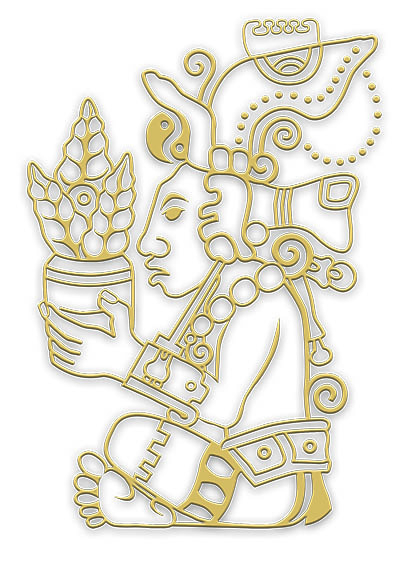Adaptation of ten cultivars of Lolium sp. in the high tropic of Nariño, Colombia
DOI:
https://doi.org/10.15517/am.v30i1.34094Keywords:
ryegrass, genotypes, daptation, forage, dry matterAbstract
Introduction. Dairy systems at the Nariño department in Colombia, are characterized by the presence of kikuyo grass (Cenchrus clandestinus), which is susceptible to frost, pests, and pathogens reducing biomass productivity. Objective. The objective of this research was to evaluate the adaptation of ten genotypes of ryegrass in three localities at the high lands (2905 – 3157 masl) and to determine the behavior in dry and rainy season. Materials and methods. The study was carried out from February 2016 to February 2017. A complete randomized block design with four repetitions was used with a multifactorial arrange including genotypes (ten), locality, season (dry or rainy) and time of harvesting (25, 30, 35 and 40 days). Plant height, coverage, the severity of diseases and yield of dry matter were measured. Results. There was a response of genotypes to dry and rainy season, improving height, cover, and yield of dry matter in the rainy season. The genotypes with highest values for plant height, cover percentage, yield of dry matter and the lowest severity of disease at Pasto locality in rainy season were Conquistador (46,33 cm), Aubade (99,67 %), Tetralite II, Best for Plus, Aubade and Boxer (2,22-2,09 t/ha/cut), and Samson (1,14). In the same order of variables in rainy season at Cumbal locality, were genotypes Best fort (32,60 cm), Aubade (90,62%), Best for and Tetralite II (1,60t/ha/cut), and genotype Boxer (1,06); and for Sapuyes locality were Best for (25,33 cm), Boxer (98,53%), Best for and Tetralite II (0,66 y 0,65 t/ha/cut), and Samson, Conquistador and Angus genotypes (1,0) with the lowest severity of diseases. Conclusion. The rainy season affected the response of the genotypes, with a higher yield of dry matter, plant height, and cover. The response of the genotypes was affected by the dry and rainy seasons, the yield of the dry matter, the plant height and coverage were affected. The genotypes with good agronomic behavior are suggested for commercial validation to diversify the forage supply in the localities studied.
Downloads
Downloads
Published
How to Cite
Issue
Section
License
1. Proposed policy for open access journals
Authors who publish in this journal accept the following conditions:
a. Authors retain the copyright and assign to the journal the right to the first publication, with the work registered under the attribution, non-commercial and no-derivative license from Creative Commons, which allows third parties to use what has been published as long as they mention the authorship of the work and upon first publication in this journal, the work may not be used for commercial purposes and the publications may not be used to remix, transform or create another work.
b. Authors may enter into additional independent contractual arrangements for the non-exclusive distribution of the version of the article published in this journal (e.g., including it in an institutional repository or publishing it in a book) provided that they clearly indicate that the work was first published in this journal.
c. Authors are permitted and encouraged to publish their work on the Internet (e.g. on institutional or personal pages) before and during the review and publication process, as it may lead to productive exchanges and faster and wider dissemination of published work (see The Effect of Open Access).
























